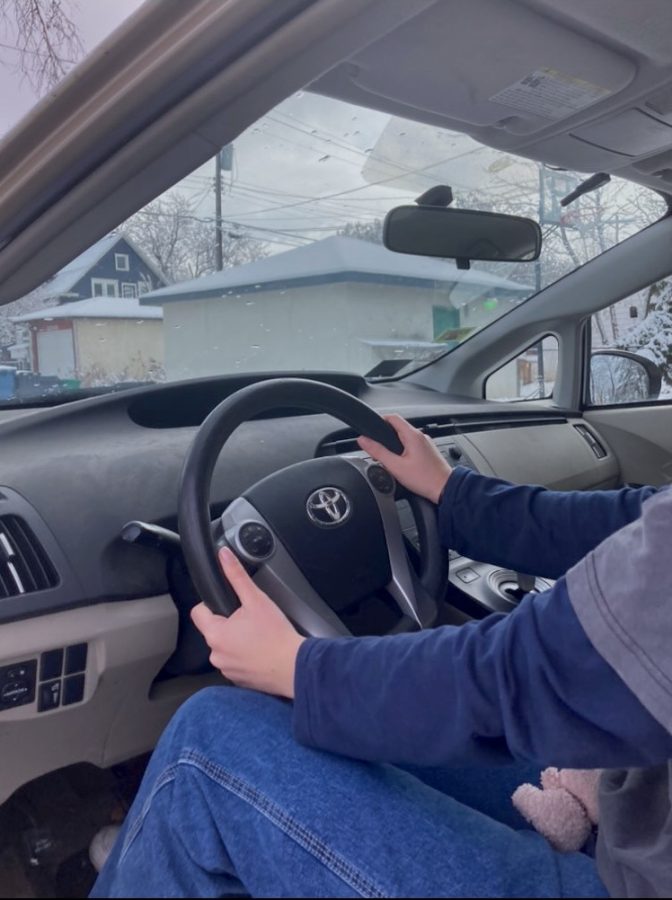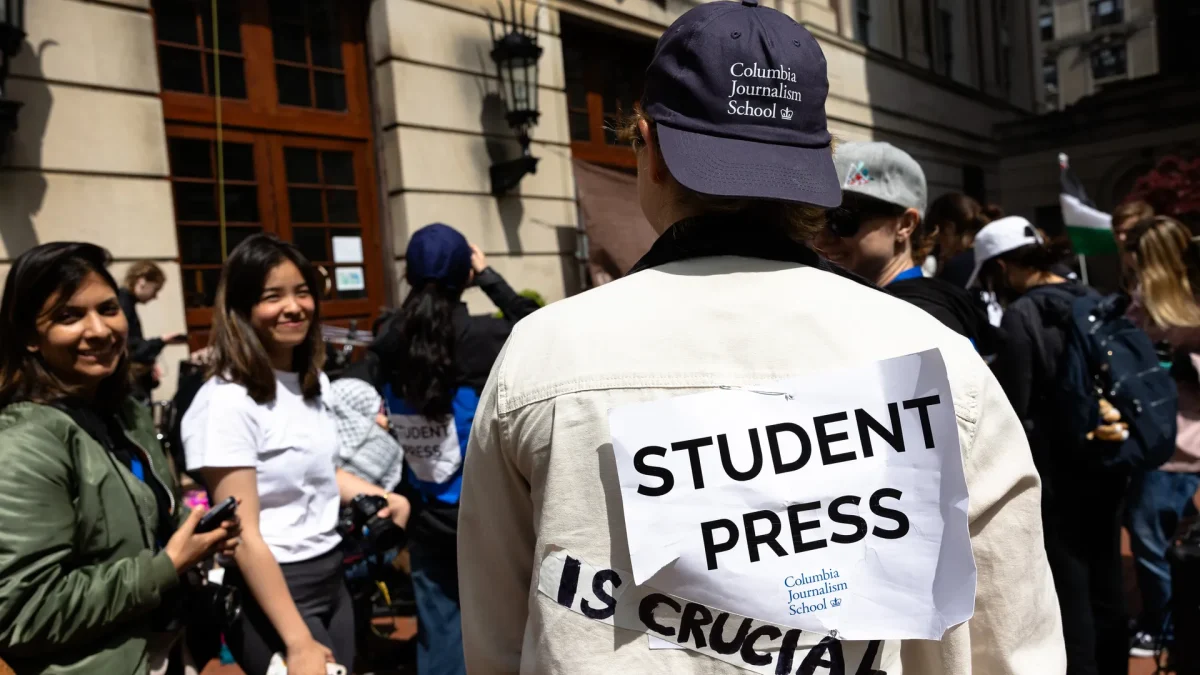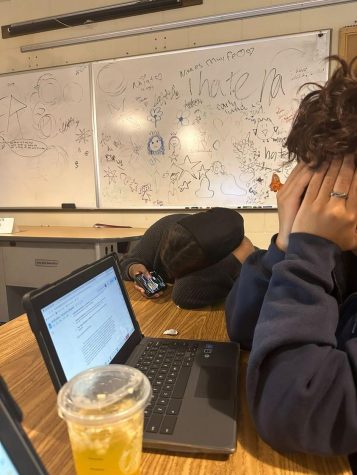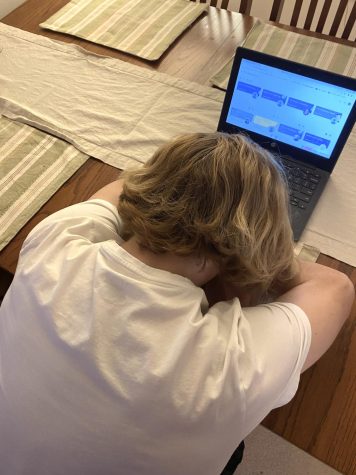Why getting a driver’s license should be easier
While getting your driver’s license is a teen rite of passage, it has become harder than ever. Financial and time dependent barriers often make it more difficult for some students to get their licenses. Student licensed and driver Avery Somdahl shared, “I found the most difficult process to be scheduling my test for my permit and driver’s license because the wait times are so long that it’s just hard to plan ahead that far.”
December 21, 2022
It’s a rite of passage, turning 16 and getting your driver’s license, but for this generation it’s harder than ever. When our parents learned to drive, they didn’t have to track hours, or spend hundreds of dollars on behind-the-wheel training and driver’s ed. If we really want safe drivers on the road, we need to put more effort into training them and making that training accessible for all. Although not everyone has trouble with driving, the people who do are the people with the least support.
For those who need a refresher, to get your license in the state of Minnesota you need to take 30 hours of classroom driver training, pass the knowledge test, have your learner’s permit for 6 months, take 6 hours of behind-the-wheel training, log 50 hours of supervised driving, and pass the road test. The process is extensive, but it’s what’s best for training safe drivers. The problem with the current system is cost. Classroom training costs $145 through Community Ed, though it is offered with a sliding scale, and behind-the-wheel training can run in the ballpark of $600. Adding in the cost of gas, owning a car, and the fees from the DMV (called DVS in MN), the price of just learning to drive is incredible even without mentioning the 80 hours of your time and 50 hours of your family’s time sunk into it before you can drive on your own. South student and licensed driver Avery Somdahl shared, “I found the most difficult process to be scheduling my test for my permit and driver’s license because the wait times are so long that it’s just hard to plan ahead that far.”
How do we fix it? The solution isn’t to reduce the requirements to get a license, but to reduce the barriers to education. The number of 16 year olds with a driver’s license has dropped by a large percentage in recent years and it’s no surprise why. Since our parent’s generation the licensure requirements for teens have become a lot more strict. Plenty of teens get their license at 16, but in a city like Minneapolis with decent public transport and things within biking distance, many teens are waiting until they turn 18, where the behind-the-wheel and driving log requirements are waived. If driver’s ed were taught as a required class for high school freshmen it would make it just a little easier for teens to get licensed, and if the state subsidized behind-the-wheel training it would remove the single largest barrier for entry.
This is a ridiculously large ask considering that our schools barely get enough money to operate as it stands, but the state currently has a budget surplus, and that money would be well spent being reinvested in the next generation. As Somdahl puts it, “If the state says you have to do it, you shouldn’t be making you pay for it too.” Driving is the most dangerous task any person undertakes on an average day, and the best way we have to mitigate that is to make better drivers.
















